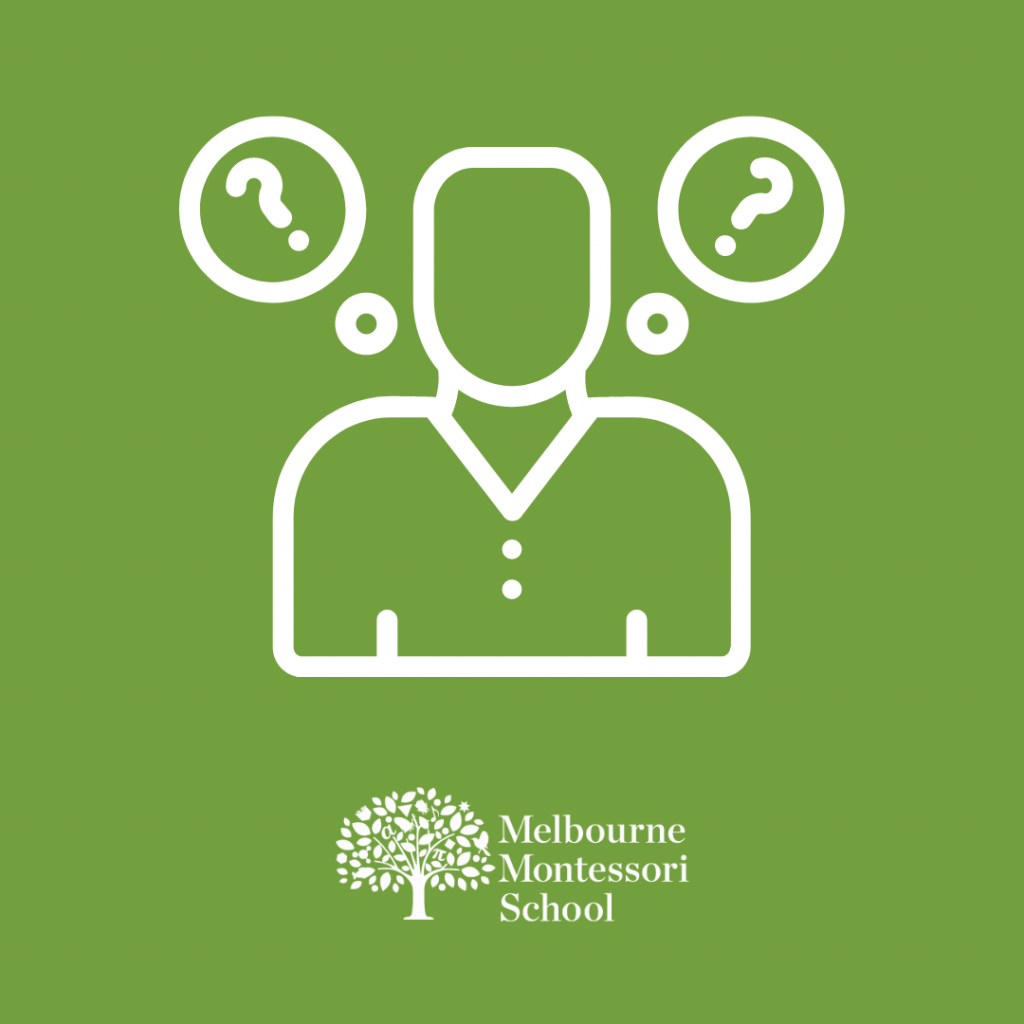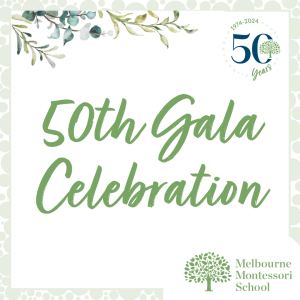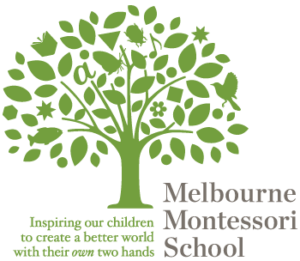To help you get started, our Montessori experts have put together a helpful chart that compares the differences between the Montessori approach and a typical school experience elsewhere.
We acknowledge that every school is different, just like every child! This chart is designed to be used as a general guide only and is not an exhaustive nor fully representative list.
| Montessori Education | Traditional Education |
|---|---|
| Based on helping the natural development of the human being. | Based on the transfer of a national curriculum. |
| Children learn at their own pace and follow their own individual interest. | Children learn from a set curriculum according to a time frame that is the same for everyone. |
| Children teach themselves using materials specially prepared for the purpose. | Children are taught by the teacher. |
| Child is an active participant in learning | Child is a passive participant in learning. |
| Understanding comes through the child’s own experiences via the materials and the promotion of children’s ability to find things out for themselves. | Learning is based on subjects and is limited to what is given. |
| Learning is based on the fact that physical exploration and cognition are linked. | Children sit at desks and learn from a whiteboard and worksheets. |
| Child can work where he/she is comfortable, move around and talk at will while not disturbing others. | Child is usually assigned own chair and encouraged to sit still and listen during group sessions. |
| The teacher works in collaboration with the children. | The class is teacher-led. |
| The child’s individual development brings its own reward and therefore motivation. | Motivation is achieved by a system of reward and punishment. |
| Environment and method encourage internal self-discipline. | Teacher acts as primary enforcer of external discipline. |
| Child works as long as he/she wishes on chosen project. | Child generally given specific time limit for work. |
| Uninterrupted work cycles. | Block time, period lessons. |
| Mixed age groups. | Same age groups. |
| Working and learning matched to the social development of the child. | Working and learning without emphasis on the social development of the child. |
| Shared emphasis on intellectual, social, emotional and spiritual development. | Main emphasis on intellectual development. |
| Shared focus on the acquisition of academic, social, practical and life skills. | Main focus on academics. |





